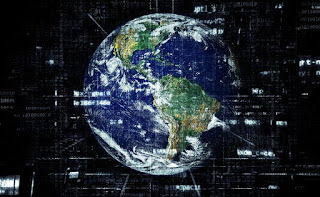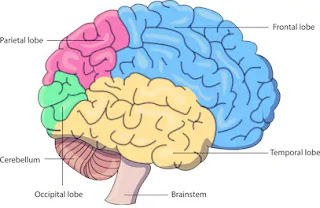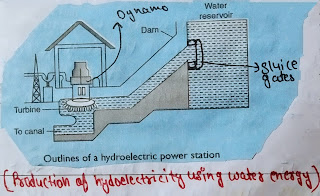Cbse social science notes

Cbse social science Notes (Political Science) Chapter-1 Power Sharing class-10 Belgium Geographical Position: It is small country in Europe, bordered by the Netherlands, France and Germany. Area and Population: It is smaller in area than the indian state of haryana.Its population is a little over one crore, about half of the state of haryana of the country 's total population. Ethnic Composition:59% live in Flemish region and speak Dutch, 40℅ live in wallonia region and speak French and remaining 1℅ speak German. Capital: Brussels where 80℅ speak French and 20℅ speak Dutch. → Important Point: In Brussels, the Dutch -speaking people are in a minority which is the opposite for the rest of the country, where they are in majority. → The majority population of French -speaking people was richer than the Dutch -speaking people.The majority Community were given benefits much later.This led to tension between the two communities in the 1950s and 1960s.Tension was more acute in the capital










